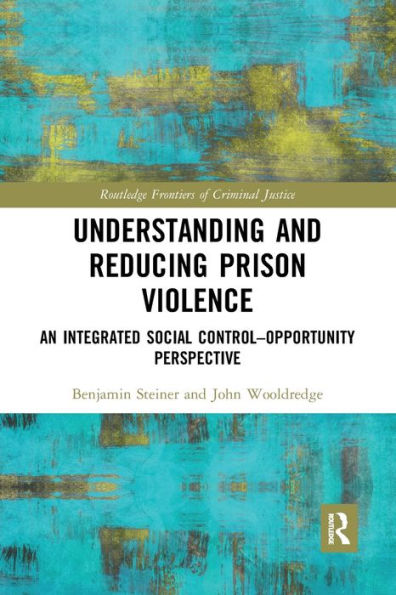Prison violence is not a random process; rates of violence vary across prisons and the odds of perpetrating violence or experiencing violent victimization vary across inmates and staff. A comprehensive understanding of the causes of prison violence therefore requires consideration of both individual and prison characteristics.
Building on large dataset comprising 5,500 inmates and 1,800 officers across 45 prisons located across two of the United States (Ohio and Kentucky), this book showcases one of the largest and most comprehensive studies of prisons carried out to date. It considers both the implications of the study for theories of prison violence and the implications of the study for preventing violence in prisons. It will be of interest to academics, practitioners, and policy makers alike.
Prison violence is not a random process; rates of violence vary across prisons and the odds of perpetrating violence or experiencing violent victimization vary across inmates and staff. A comprehensive understanding of the causes of prison violence therefore requires consideration of both individual and prison characteristics.
Building on large dataset comprising 5,500 inmates and 1,800 officers across 45 prisons located across two of the United States (Ohio and Kentucky), this book showcases one of the largest and most comprehensive studies of prisons carried out to date. It considers both the implications of the study for theories of prison violence and the implications of the study for preventing violence in prisons. It will be of interest to academics, practitioners, and policy makers alike.

Understanding and Reducing Prison Violence: An Integrated Social Control-Opportunity Perspective
186
Understanding and Reducing Prison Violence: An Integrated Social Control-Opportunity Perspective
186
Product Details
| ISBN-13: | 9781032082813 |
|---|---|
| Publisher: | Taylor & Francis |
| Publication date: | 08/02/2021 |
| Series: | Routledge Frontiers of Criminal Justice |
| Pages: | 186 |
| Product dimensions: | 6.12(w) x 9.19(h) x (d) |
